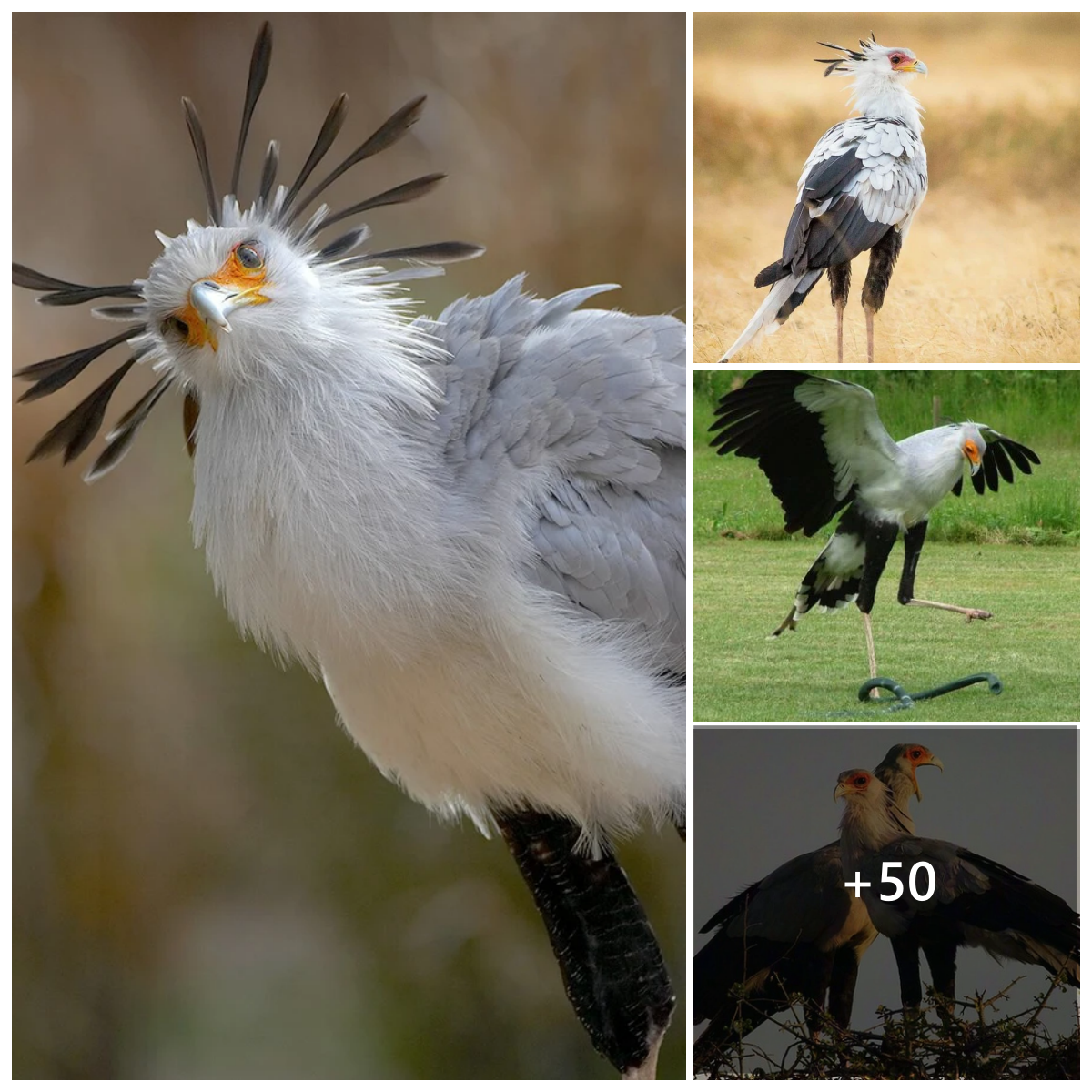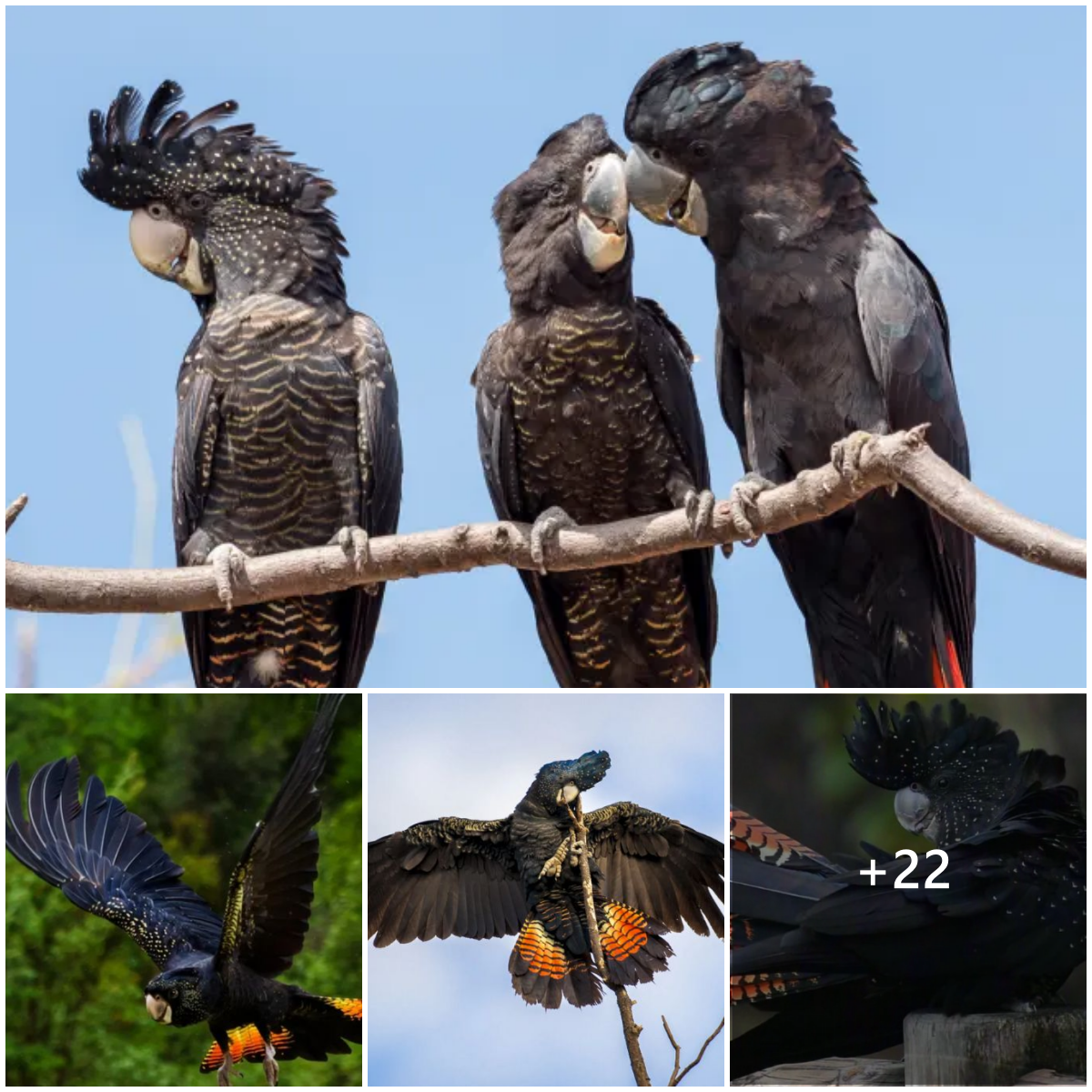THE RED WARBLER
The red warbler (Cardellina rubra) is a small passerine, measuring 12.5–13.5 cm (4.9–5.3 in) in length, weighing in at 7.6 to 8.7 g (0.27 to 0.31 oz). Adult birds are red overall, with either a white or dark gray (depending on the subspecies) auricular patch on each side of their heads. The wings and tail are slightly darker, dusky red, and edged in pinkish-red. The legs are a dull red-brown, and the bill is a pinkish-gray with a dark tip. The iris is dark brown to blackish.

Plumage varies little between the sexes, although the female tends to be a little duller or more orange-tinged.
Adult pairs separate and molt fully from August, after the breeding season.

“File:Chipe Rojo, Red Warbler, Ergaticus ruber (15454723504).jpg” (cropped)by Amado Demesa from DF, México is licensed under CC BY-SA 2.0.
This species is endemic to Mexico, being found from southern Chihuahua all the way down to southern Hidalgo.

The red warbler prefers to live in humid and semi-humid pine, pine-oak, fir, and to a lesser extent, oak forests, located at high altitudes. They are present at altitudes of 2.000-3.500 m.

Red-faced Warblers prefer to forage in trees with dense foliage, particularly in conifers, where they glean a variety of insects, especially caterpillars, from the outer branches. This species also hover-gleans like a flycatcher to catch insects.
The Red-faced Warbler builds its cup-shaped nest in a hollow on the ground. The nest site is often on a slope in the open or at the base of a woody plant. Sometimes the nest site has an overhang provided by a plant stem, log, or rock, which helps to conceal and protect the nest. The nest is built by the female and is made of bark, leaves, or pine needles with a lining of grasses or animal hair. Only the female incubates the eggs for 16 days, but both parents feed the young when they hatch. Chicks become fledged after 10-11 days.
This species is regarded as of Least Concern on the IUCN Red List, having a large breeding range and a global population estimated at 50.000-500.000 individuals. The population is suspected to be in decline owing to ongoing habitat destruction.
“Red Warbler (Ergaticus ruber melanauris)” by Dominic Sherony (cropped) is licensed under CC BY-SA 2.0.
WATCH AND LISTEN TO THIS BIRD RIGHT HERE IN THE VIDEO BELOW:
H/T Wikipedia – Creative Commons Attribution-ShareAlike License.
Stone The Crows, Almost One Of A Kind, A Rare White Bird Seemingly Appears Out Of Nowhere!
Please SHARE this article with all your bird-loving friends and family.





